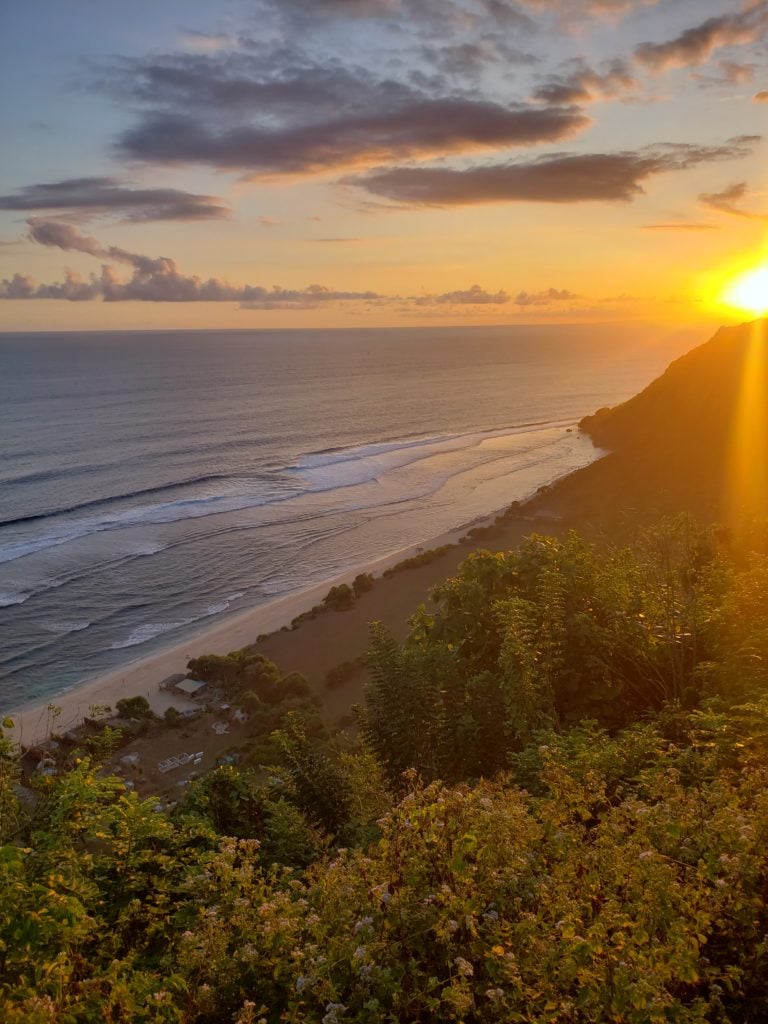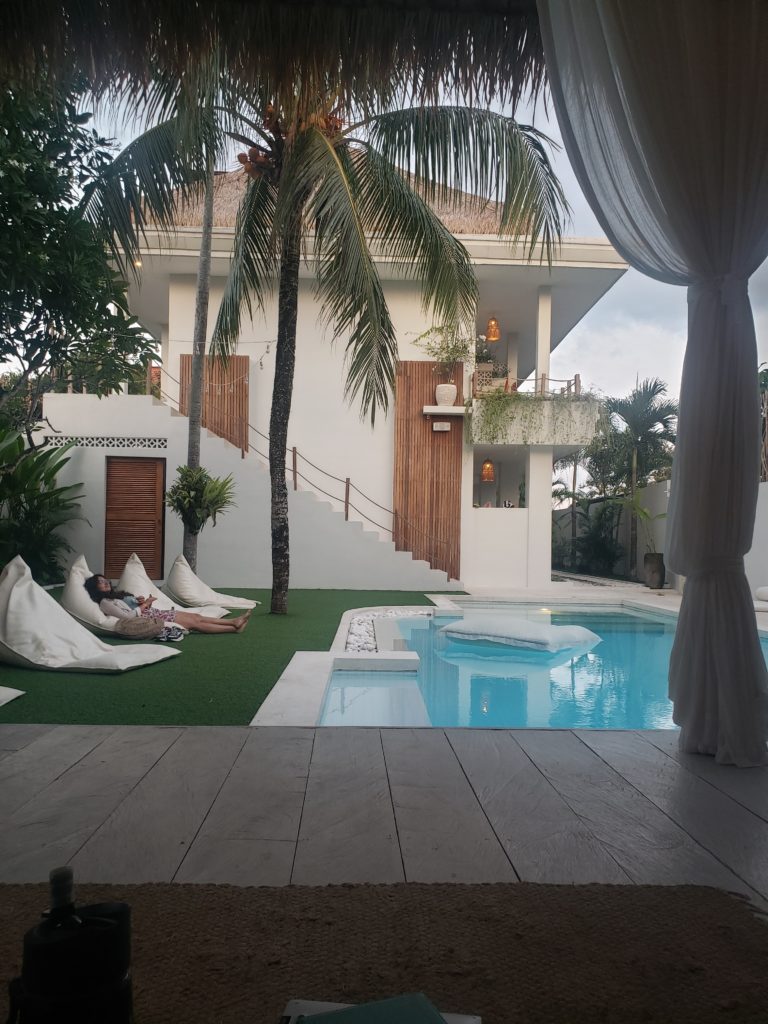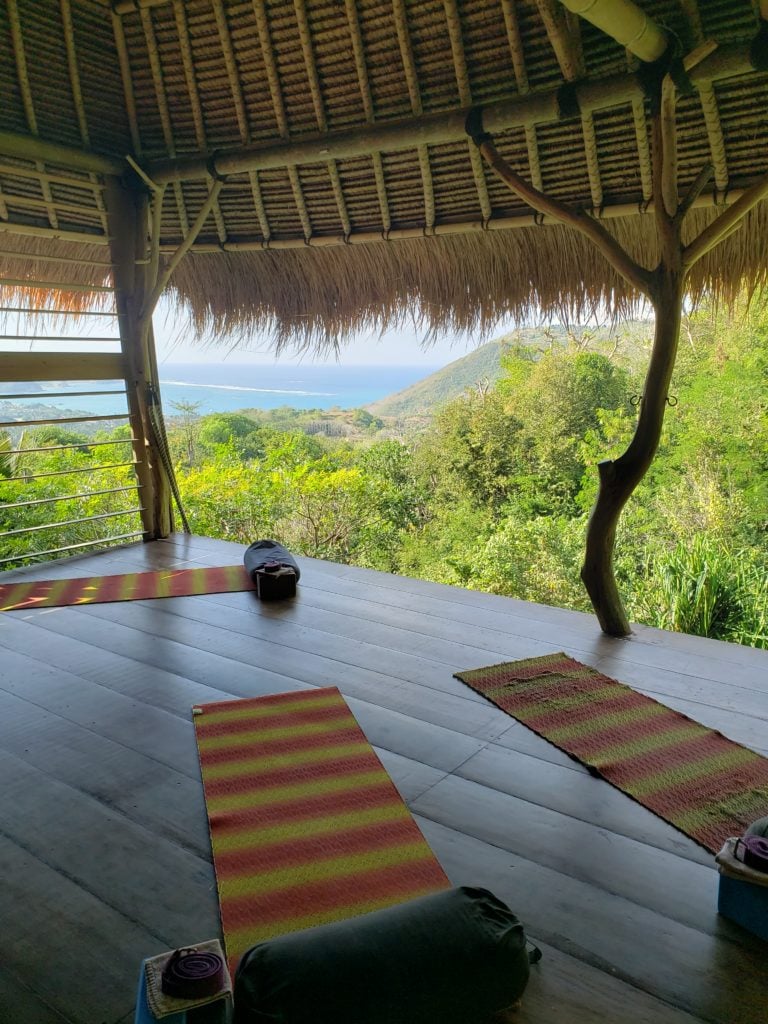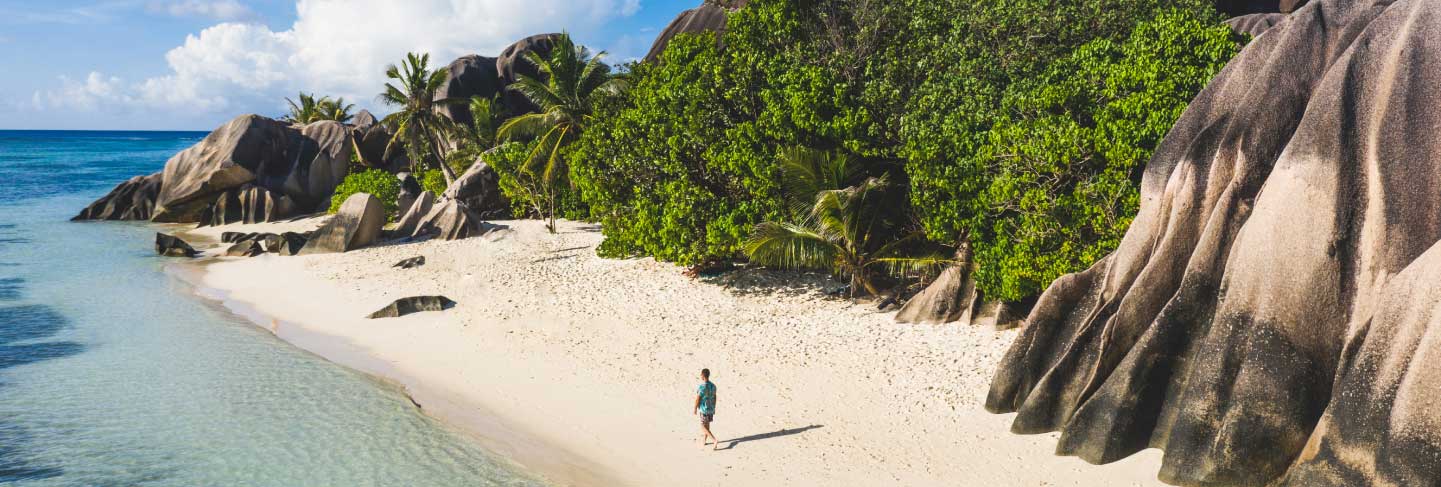What is it like living as a digital nomad?
Petrina Darrah
Posted: August 24, 2022
7 min read
Work is more flexible than ever before. As more people search for better work-life balance, the number of digital nomads is on the rise. Is working remotely while travelling really a feasible option? Freelance writer Petrina Darrah recounts her experience of the digital nomad lifestyle.
Like almost everyone else, I reevaluated my work life during the pandemic. Working full-time as a content writer and editor in New Zealand, I felt disenchanted with going back to the office. I wanted more freedom to travel and explore the world.
So, in June 2022, I quit my job and started freelancing instead, so I could travel and work remotely. For two months now, I have been travelling through Indonesia and France, while working as a freelance writer.
Here is what it’s like being a digital nomad.
Photos by: Petrina Darrah
Why I decided to quit my full-time job, move out of my shared house, and work from the road
At the start of 2022, I was in the camp of people resisting returning to the office after 18 months of working from home. My reasons were the same as those being echoed by people around the world – commuting to work felt like a waste of time, I could focus better at home, and office camaraderie felt hollow. I wanted more autonomy and more out of life than trekking to an air-conditioned office every day. I wanted to spend more time doing the things I love, like hiking through mountains or learning to surf.
So, I quit my comfortable, well-paid job six months after starting it. I moved out of the central Auckland flat I shared with three others, sold most of my belongings, and bought a one-way ticket to Indonesia.
I had been freelancing as a side hustle to my full-time job for several years, so I already had a small monthly income and a plan on how to scale this up. I also had a healthy savings account as a fallback if I didn’t manage to achieve all of my freelance income goals.
Photo by: Petrina Darrah
After two months, I’m enjoying the freedom of setting my own schedule
Two months into being a digital nomad, I’m enjoying the flexibility of freelancing. At first, it was almost too much freedom. I learned early on that having a routine is important, because staying focused can be challenging. It’s tempting to go into holiday mode and want to explore everywhere and do everything, so having the right mindset about work and travel is important.
I try to have a set routine – waking up at a certain time, starting work at a set time, and carrying out a certain number of hours a day. If I wasn’t strict with myself it would be too easy to spend the day reading by the pool instead of doing any work.
However, I enjoy being in control of my time. I love that I can choose my hours of work, instead of having to be online when colleagues are online. I organise my days around surfing or yoga classes.
I’m working about four or five hours a day, but still getting plenty of work done. Being able to adjust my days to suit my energy levels means that instead of staring at a screen when I feel uninspired, I take a break to go to the beach or explore my new neighbourhood.
Photos by: Petrina Darrah
Deciding where to go as a digital nomad is hard when there are so many options
More than 40 countries now offer some variation of digital nomad visas, including Mexico, Greece, Costa Rica, and Seychelles. This means there is a world of opportunity out there for digital nomads, so much so that I almost found choosing where to go overwhelming.
So far I haven’t explored longer-term digital nomad visas and I’m travelling on tourist visas which are usually issued on arrival (I have a British passport). I plan on exploring a longer-stay visa when I find a place I’d like to settle in for a year.
After leaving New Zealand, my first destination was Indonesia. I went straight to Bali, attracted by the low cost of living and established remote working culture. There are endless cafes with WiFi and great healthy menu options, co-working spaces if you prefer an office vibe, and accommodation is affordable.
I expected to stay in Bali for several weeks but quickly found there were other aspects that didn’t resonate with me. I didn’t love how busy it was, or the beaches in Canggu. I hopped over to Lombok instead and preferred the laid-back lifestyle, as well as the white-sand beaches there.
My advice when choosing a digital nomad destination would be to schedule one to two weeks of holiday travel to a destination before committing to working there. As well as great WiFi you also need to know that you will mesh with the culture, enjoy the local cuisine, be able to network locally, and so on.
Photo by: Petrina Darrah
Being a digital nomad is different from going on holiday, which means budgeting more for costs like accommodation
One big mistake I made when first leaping into the digital nomad life was booking a hostel dorm room. My roommates were on short holidays and mostly wanted to party. I found myself going to bed when they were going out, and waking up when they came home at 6am.
I quickly decided to upgrade myself to private rooms – I need to be able to sleep well to get work done, even if that means spending more and sacrificing the social nature of hostels. I easily found affordable rooms on booking.com and Airbnb, but also saw people posting options to sublet their rooms in Facebook groups, which seemed like a good option for finding longer-term accommodation.
Staying in each place longer allowed me to get more out of the experience
Moving around a lot is taxing, and sucks up a lot of time. Hopping from Bali to Lombok was the right choice for me, but threw out my work schedule.
I found that staying at least three weeks in one spot allowed me to get to know it, and have time to work, explore, and rest. After all, the main benefits of being a digital nomad are to travel slowly and soak up more culture.
If you want to travel at pace, for example hopping between locations every three to five days, it’s not worth the effort of trying to work at the same time.
My advice on getting started as a digital nomad
I found that it’s easier to decide if I want to stay in a location and arrange longer-term accommodation once I’m already there. Then I can answer questions like, is this somewhere I can see myself staying? Do I like the area? Is it easy to get around? What’s the WiFi like? If you don’t have a lot of travel experience under your belt, you might want to consider easy ways to ease yourself into life in another country or on the road.
I stayed at a surf camp in Kuta Lombok before settling into the town for five weeks, which was a fun way to get to know the area. You could choose to go on a volunteer program or internship, which lets you establish local connections and get familiar with your surroundings.
There is also a lot to be said for having your accommodation, social life and meals sorted for a week or two. After a while, having to constantly think about where you’re going and what you’re doing next, or actively reaching out to meet people, gets exhausting.
You can even upgrade your accommodation for privacy and make the most of the WiFi to do freelance work while on base. And while there, you can get inspiration for your work, whether that’s remote marketing and communications, science writing, or travel writing. Who knows where a volunteer program might take you – the beauty of being a digital nomad is that it could lead you anywhere.
Get a taste of the digital nomad lifestyle with a volunteer opportunity or internship. Explore GVI’s adventures around the globe today.
By Petrina Darrah










